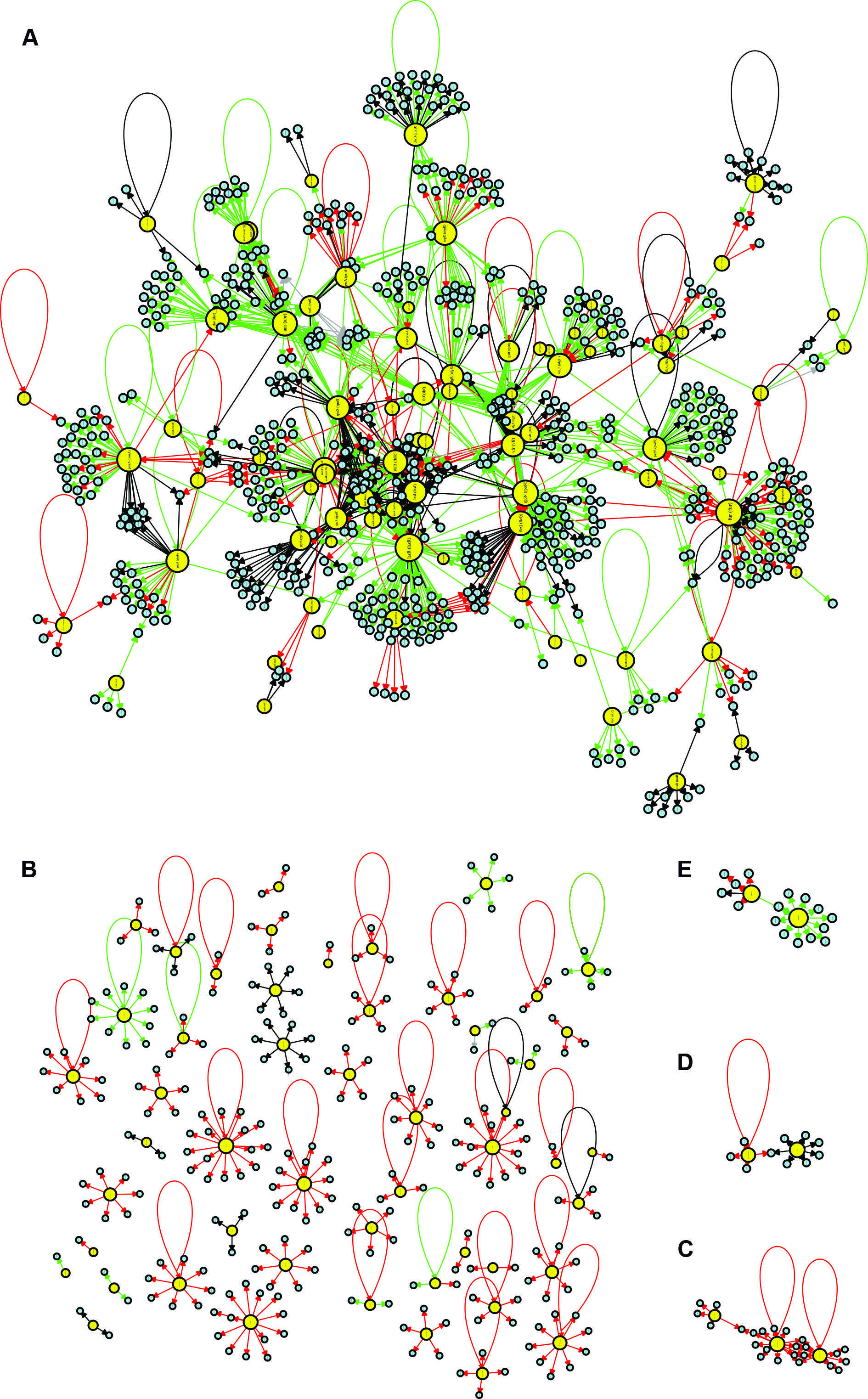BACKGROUND
Healthcare-associated infections caused by bacteria such as Pseudomonas aeruginosa are a major public health problem worldwide. Gene regulatory networks (GRN) computationally represent interactions among regulatory genes and their targets. They are an important approach to help understand bacterial behaviour and to provide novel ways of overcoming scientific challenges, including the identification of potential therapeutic targets and the development of new drugs.
OBJECTIVES
The goal of this study was to reconstruct the multidrug-resistant (MDR) P. aeruginosa GRN and to analyse its topological properties.
METHODS
The methodology used in this study was based on gene orthology inference using the reciprocal best hit method. We used the genome of P. aeruginosa CCBH4851 as the basis of the reconstruction process. This MDR strain is representative of the sequence type 277, which was involved in an endemic outbreak in Brazil.
FINDINGS
We obtained a network with a larger number of regulatory genes, target genes and interactions as compared to the previously reported network. Topological analysis results are in accordance with the complex network representation of biological processes.
MAIN CONCLUSIONS
The properties of the network were consistent with the biological features of P. aeruginosa. To the best of our knowledge, the P. aeruginosa GRN presented here is the most complete version available to date.
Key words:
Pseudomonas aeruginosa; gene regulatory network; multidrug resistance






